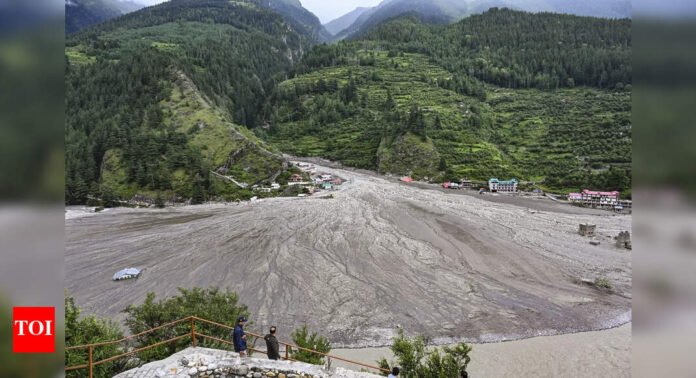DHARALI: To say it’s difficult to reach Dharali after the floods ravaged it on Aug 5 would be a great understatement. A TOI team crossed rivers, scampered up slippery boulders, trudged through forests and trekked for 26 hours before reaching the village that until a few days ago was a busy stop for pilgrims heading to Gangotri but is now a deserted mass of stones, mud and sediment. The pain of seeing Dharali as it stands today doesn’t end there. At every step one is reminded there are people buried underneath. No one knows how many.Dharali is these days marked by a quiet that hangs heavy over the uneven landscape, broken only by the clank of metal on stone and the hum of search teams. Rescuers and villagers move slowly across the moonscape of debris, eyes scanning for the faintest signs of life, arms sifting through rubble for valuables – a family photograph, a tool that might still be of use – anything the angry waters did not claim. Each find is set aside with care, logged and passed to villagers waiting at the Siddhveshar temple, now serving as a relief centre. Conversations are brief, often breaking off mid-sentence as people glance towards the road, scanning for familiar faces that have not returned. Rajat Panwar, clutching an empty bag, said: “We don’t know why God punished us so … Our homes, orchards, and people were gone in seconds. Wehave nothing to live for.”The bridge linking Dharali to Mukhaba, a hamlet on the opposite slope, leans at an angle, one side eaten away by the river’s pull, the other swallowed by a slide of rock and mud. Beyond this point, old lanes and apple orchards that gave Dharali its fruity air are memories of the past. The landscape was rewritten overnight in a twisted way. Dharali, with undulating sand looks like an empty desert in the mountains.









